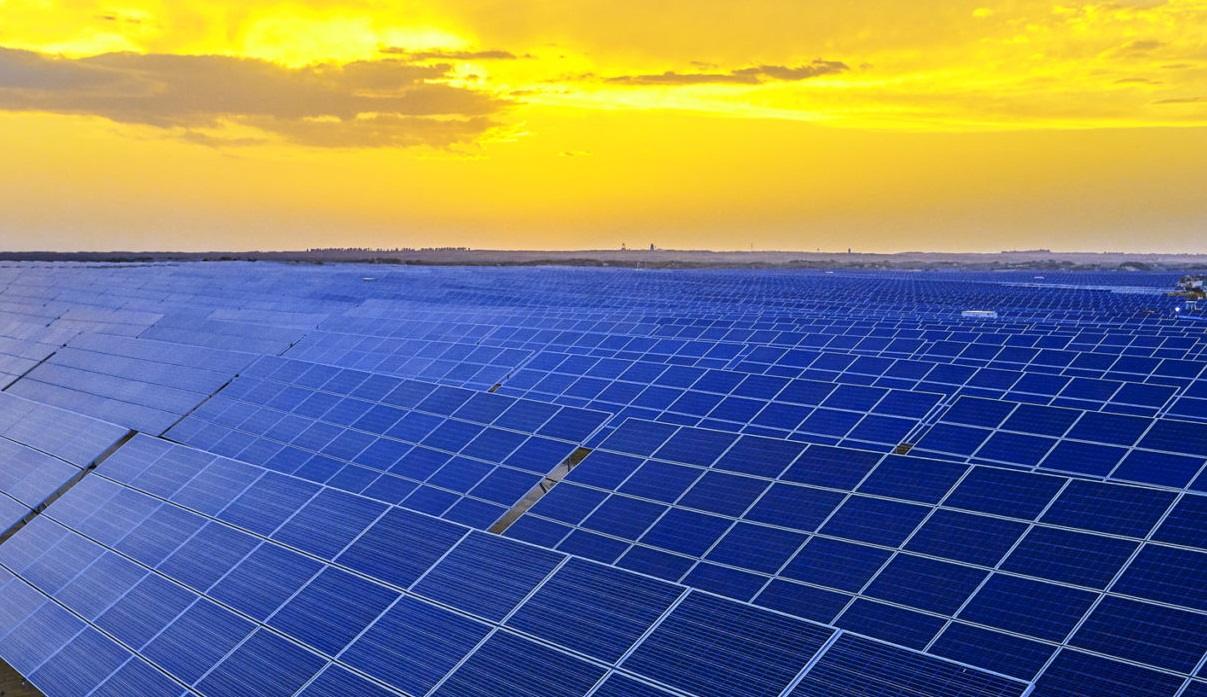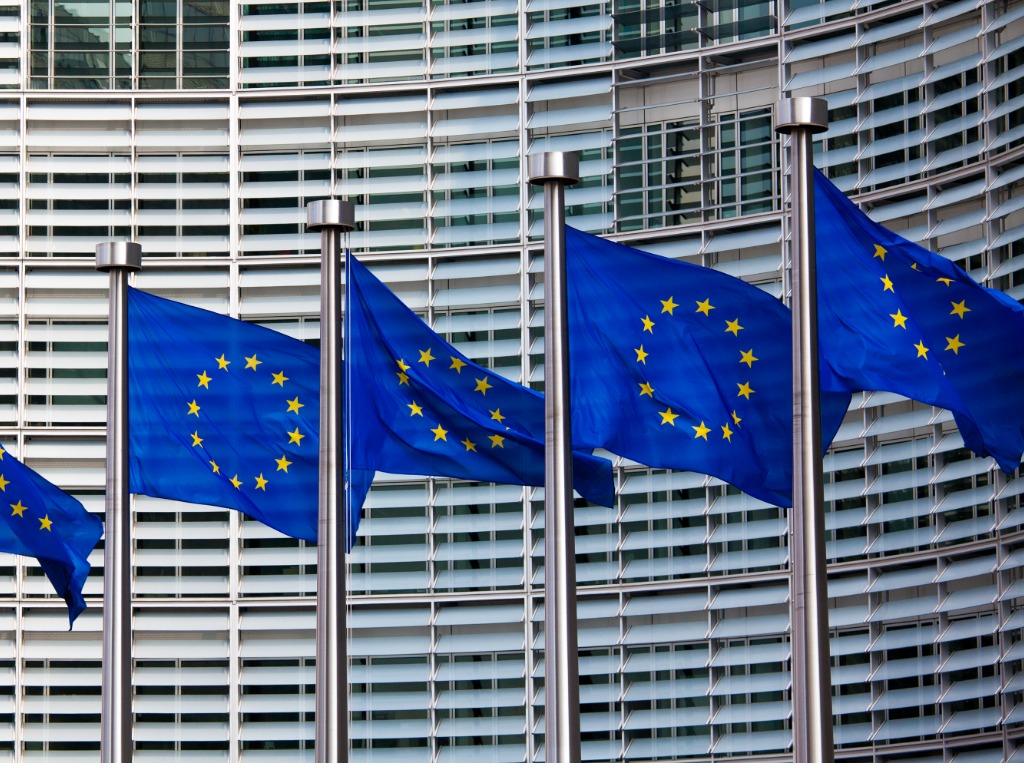Japan to Boost Renewables to Largest Energy Source by 2030 in Bid to Meet Climate Goals
Japan aims to significantly change its energy mix over the next decade, with a major boost in renewables, as the country looks to meet its long-term and interim climate commitments.
According to a draft of the Ministry of Economy, Trade and Industry’s (METI) upcoming energy strategy, Japan aims to roughly double the share of renewable energy to 36%-38% of the energy mix by 2030, compared to less than 20% today. The new strategy represents a major boost for renewables over Japan’s current 2030 strategy, released in 2015, which called for renewables to reach only 22%-24% of the energy mix.
Fossil fuels will account for slightly over 40% of energy under the new plan, with LNG at 20%, coal at 19% and oil 2%. This marks a major reduction for fossil fuels from over 75% in 2019-2020, and is well below the prior strategy’s planned 56%. The plan also calls for nuclear to represent 20%-22% of the mix, unchanged from the existing strategy.
For the first time, Japan’s proposed energy strategy now includes hydrogen in the energy mix, with 1% of energy aimed for the emerging fuel source.
Japan’s new strategy aims to enable the country to meet its recently accelerated climate commitments. At the April 2021 U.S.-hosted Leaders Summit on Climate, Prime Minister Yoshihide Suga set a new interim climate goal for the country, targeting a 46% reduction in greenhouse gas (GHG) emissions by 2030. The interim goal was introduced following Japan’s commitment in October 2020 to reach net zero emissions by 2050.
While Japan’s draft strategy marks a significant decline in the country’s use of fossil fuels for energy, sustainability-focused groups have criticized the plan for not going far enough in order to meet global climate ambitions.
Aleksandra Klassen, Senior Impact Manager, RE100 at The Climate Group, said:
“Japan’s new renewables target, while progress, still falls short of what’s required for 1.5 degree warming. This is a missed opportunity to send a powerful market signal for a green recovery.”





